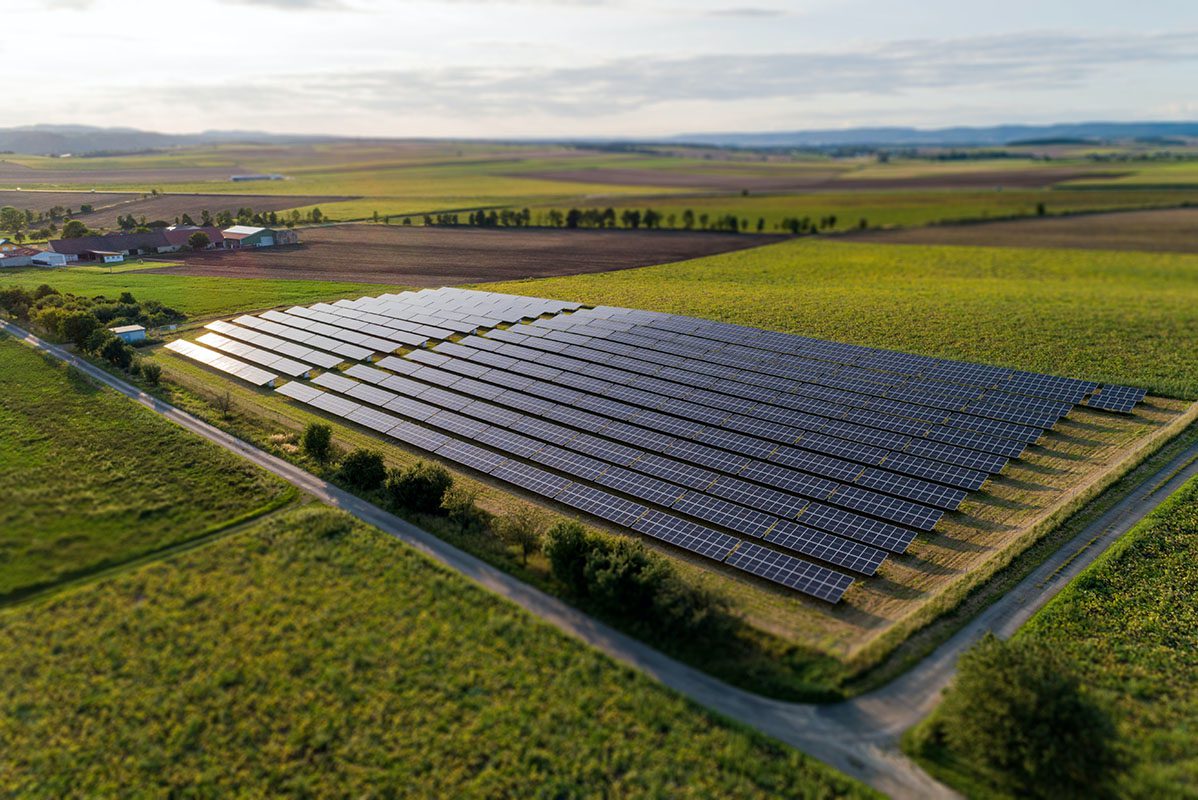Several solar and hydro power projects are progressing across Guyana. The country is targeting various population centers away from the city of Georgetown, for these projects which incrementally replace the country’s heavy fuel oil supply with renewables.
Guyana’s 2022 mid-year report said the construction of a 1.5-megawatt (MW) hydropower Plant at Kumu, Region 9, and the rehabilitation of the hydropower plant at Moco Moco will commence during the second half of the year. Works also continue on a 150-kW hydropower Station at Kato, Region 8, and is expected to be completed in the final quarter of this year.
As for solar projects, the government reminded in its report that hinterland riverain communities will benefit from 30,000 photovoltaic home systems which will provide solar mini-grid and off-grid energy source alternatives, by the second quarter of 2023. Chief Executive Officer of the Guyana energy Agency, Dr. Mahender Sharm had told indigenous leaders in July that this project will roll out early next year.
Government has also completed the installation of the 1 MW solar farm at Lethem, which is now in its testing and commissioning stages, where technical and quality assessments will be undertaken to ensure efficient servicing of the area. It is expected to benefit 1,120 households and 293 businesses.
Another solar farm at Bartica is expected to be commissioned and operationalised within the third quarter of the year, while yet another in Mahdia will commence before the end of the year.
According to Guyana’s Low Carbon Development Strategy (LCDS) 2030 – ratified in Parliament in July – the country is about 97% dependent on fossil fuels. The government is working to clean up and diversify the nation’s energy mix.
It will use natural gas as a bridge – with the Gas-to-Energy project – followed by the Amaila Falls hydropower project. Meanwhile, it will continue to develop smaller renewable energy projects.
Based on the government’s energy transition plan, it endeavors for energy use to increase five-fold by 2030, while minimising greenhouse gas emissions. It says this will be one of the world’s highest levels of decoupling of economic growth and fossil fuel use for energy.



